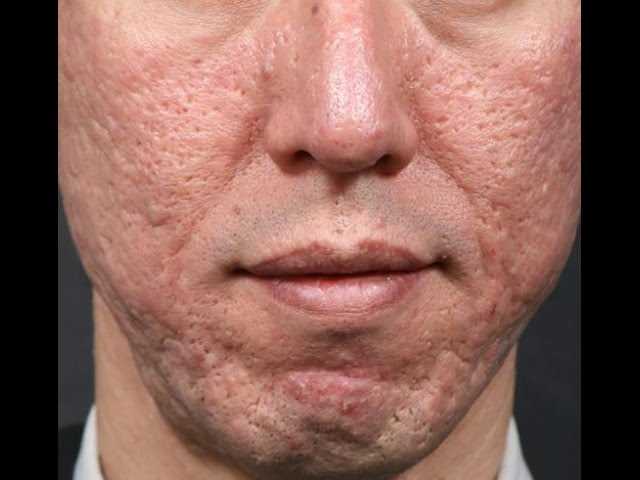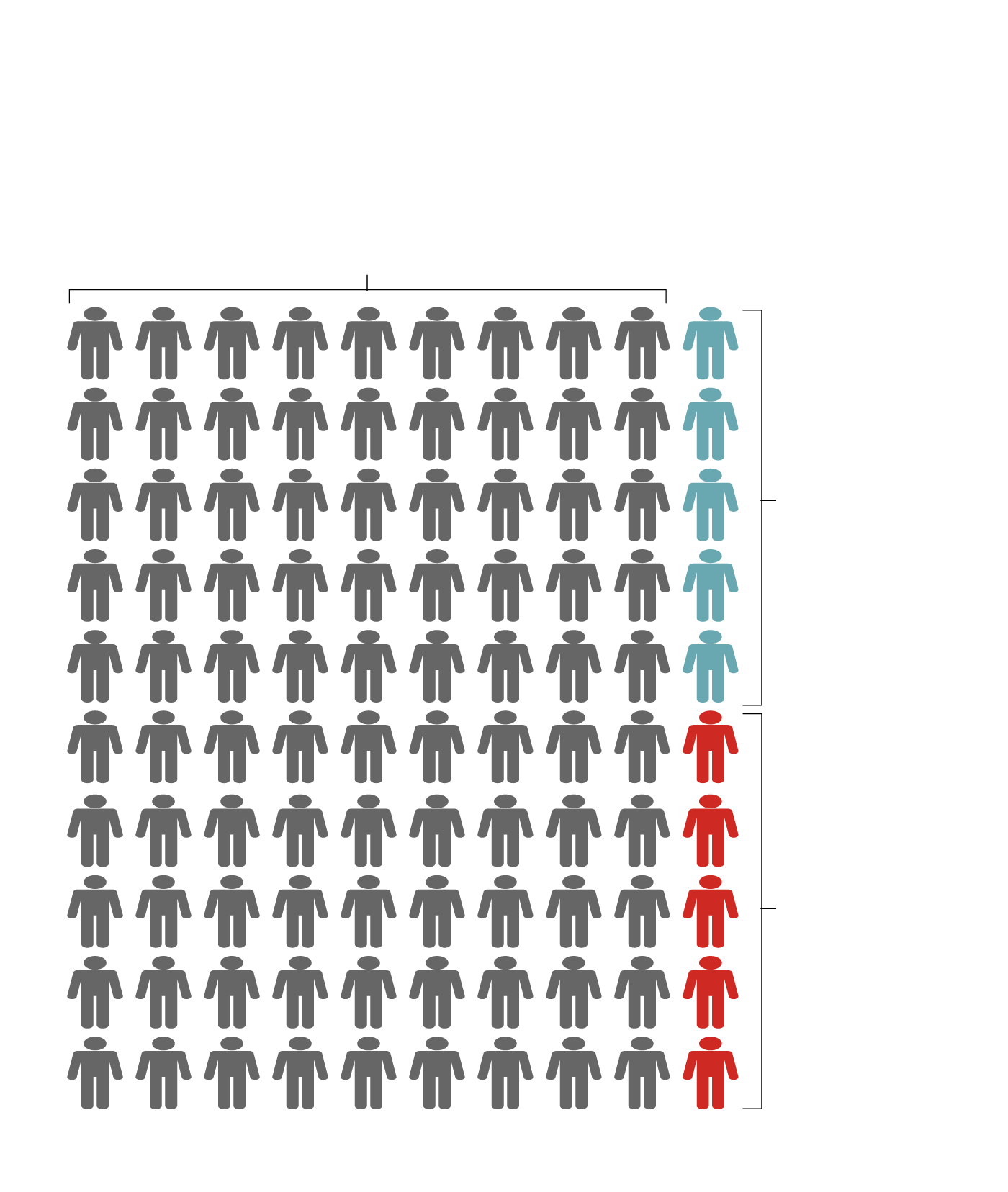Understanding The Toxic Algae Bloom Threat To California's Marine Environment

Table of Contents
Causes of Toxic Algae Blooms in California Coastal Waters
Several factors contribute to the formation and proliferation of toxic algae blooms in California's coastal waters. These complex interactions involve both human-induced and natural processes.
Nutrient Pollution
Excessive nutrient runoff is a primary driver of HABs. Agricultural practices, industrial discharge, and inadequately treated sewage contribute significantly to this problem.
- Increased nitrogen and phosphorus levels: Fertilizers used in agriculture contain high levels of nitrogen and phosphorus, which run off into waterways during rain events. These nutrients act as fertilizers for algae, fueling rapid and uncontrolled growth.
- Wastewater treatment plant discharge: Even treated wastewater can still contain sufficient nutrients to stimulate algal growth, especially when discharge occurs near sensitive coastal areas.
- Impact of climate change on nutrient loading: Changes in rainfall patterns and increased intensity of storms due to climate change can exacerbate nutrient runoff, leading to more frequent and severe HAB events.
- Agricultural practices: Intensive farming practices, including monoculture and the overuse of fertilizers, contribute significantly to nutrient pollution and consequently fuel the growth of toxic algae blooms.
Climate Change Impacts
Climate change is significantly impacting the frequency and intensity of HABs in California.
- Warmer water temperatures: Rising sea surface temperatures create ideal conditions for the growth of certain harmful algae species, extending their blooming seasons and expanding their geographic ranges.
- Changes in ocean stratification: Warmer waters can alter the layering of the ocean, affecting nutrient availability and creating conditions favorable for algal blooms.
- Increased frequency and intensity of blooms: The combined effects of warmer waters and increased nutrient loading are leading to a noticeable increase in both the frequency and intensity of toxic algae blooms.
- Effects on algae species distribution: Climate change is shifting the distribution of various algae species, leading to the emergence of new harmful species in California's coastal waters.
Natural Factors
While human activities are major contributors, natural variations in oceanographic conditions also play a role in HAB formation.
- Upwelling events: Upwelling, a process where deep, nutrient-rich waters rise to the surface, can sometimes provide the nutrients needed for algal blooms to flourish. However, the timing and intensity of upwelling events are being altered by climate change.
- Seasonal changes: Certain algae species have specific seasonal growth patterns, and natural fluctuations in temperature and sunlight can influence the timing and size of blooms.
- El Niño Southern Oscillation (ENSO) effects: El Niño events can alter ocean currents and temperatures, potentially influencing the occurrence and severity of toxic algae blooms.
Impacts of Toxic Algae Blooms on California's Marine Environment
The consequences of toxic algae blooms are far-reaching, affecting both marine life and human health.
Effects on Marine Life
The toxins produced by harmful algae can have devastating effects on various marine species.
- Toxicity leading to mortality: Many marine organisms, including fish, shellfish, marine mammals, and seabirds, are directly killed by the toxins produced by HABs. Large-scale fish kills are a common consequence.
- Disruptions to food webs: HABs can disrupt the delicate balance of marine ecosystems by decimating populations of key species, leading to cascading effects throughout the food web.
- Habitat destruction: Some algal blooms can deplete oxygen in the water, creating "dead zones" where marine life cannot survive.
- Impacts on fisheries: HABs can severely impact commercial and recreational fisheries, leading to economic losses for fishing communities and reduced seafood availability. Bioaccumulation of toxins in shellfish can also cause closures.
Human Health Risks
Exposure to toxic algae can pose serious risks to human health.
- Shellfish poisoning: Consumption of contaminated shellfish can cause various forms of shellfish poisoning, such as paralytic shellfish poisoning (PSP), amnesic shellfish poisoning (ASP), and diarrhetic shellfish poisoning (DSP), leading to serious illness or even death.
- Skin irritation: Contact with some HABs can cause skin irritation, rashes, and other allergic reactions.
- Respiratory problems: Exposure to airborne toxins from HABs can cause respiratory irritation and other breathing problems.
- Economic impacts on tourism and fishing: Beach closures and seafood consumption advisories due to HABs can severely impact local economies reliant on tourism and fishing.
Monitoring and Mitigation Strategies for Toxic Algae Blooms
Addressing the threat of toxic algae blooms requires a multi-faceted approach involving monitoring, mitigation, and management strategies.
Monitoring Programs
Effective monitoring is crucial for early detection and timely responses to HAB events.
- Satellite imagery: Remote sensing technologies, including satellite imagery, provide broad-scale monitoring capabilities, allowing for early detection of bloom development and tracking of bloom movement.
- Water sampling: Regular water sampling and toxin analysis are essential for assessing the extent and severity of blooms and determining the types of toxins present.
- Toxin detection methods: Advanced techniques for detecting and quantifying algal toxins are constantly being improved, allowing for better risk assessment and public health advisories.
- Early warning systems: Combining data from different sources into integrated early warning systems is vital for informing the public and managing responses to HAB events.
Mitigation and Management Approaches
Reducing nutrient pollution and improving management strategies are key to mitigating the impact of HABs.
- Improved wastewater treatment: Upgrading wastewater treatment plants to remove more nutrients before discharge can significantly reduce nutrient inputs to coastal waters.
- Sustainable agricultural practices: Promoting sustainable farming techniques, such as reduced fertilizer use, cover cropping, and improved irrigation management, can minimize nutrient runoff from agricultural lands.
- Public education campaigns: Educating the public about the risks of HABs and the importance of following public health advisories is crucial for protecting human health.
- Shellfish harvesting closures: Implementing timely and effective shellfish harvesting closures is essential to prevent human exposure to toxins through contaminated seafood.
Conclusion
Toxic algae blooms pose a significant and growing threat to California's marine environment and the well-being of its citizens. Understanding toxic algae blooms, their causes, and their impacts is crucial for developing effective mitigation strategies. The combined effects of nutrient pollution and climate change are exacerbating the problem, necessitating a comprehensive approach that involves improved water quality management, sustainable agricultural practices, and robust monitoring programs. By working together, we can mitigate the threat of toxic algae blooms and protect California's precious coastal resources for future generations. Learn more about toxic algae blooms and support initiatives to prevent and mitigate their impact by visiting your local environmental agency's website and staying informed about public health advisories regarding beach closures and shellfish safety. Together, we can make a difference in understanding and preventing toxic algae blooms.

Featured Posts
-
 Support Dsm East Highs After Prom Volunteer Or Donate Today
May 30, 2025
Support Dsm East Highs After Prom Volunteer Or Donate Today
May 30, 2025 -
 Will Bruno Fernandes Leave Manchester United For Real Madrid Transfer Rumours
May 30, 2025
Will Bruno Fernandes Leave Manchester United For Real Madrid Transfer Rumours
May 30, 2025 -
 Elon Musks Daughter Vivian Modeling Debut After Fathers Reported Distance
May 30, 2025
Elon Musks Daughter Vivian Modeling Debut After Fathers Reported Distance
May 30, 2025 -
 Is Canada On The Verge Of Losing Its Measles Elimination Status
May 30, 2025
Is Canada On The Verge Of Losing Its Measles Elimination Status
May 30, 2025 -
 Australias Marine Fauna Under Siege The Invasive Seaweed Crisis
May 30, 2025
Australias Marine Fauna Under Siege The Invasive Seaweed Crisis
May 30, 2025
Latest Posts
-
 Uk Veterinary Care The Impact Of Corporate Targets On Pet Owners
May 31, 2025
Uk Veterinary Care The Impact Of Corporate Targets On Pet Owners
May 31, 2025 -
 Temporary Tain Location For Rogart Veterinary Practice Post Fire
May 31, 2025
Temporary Tain Location For Rogart Veterinary Practice Post Fire
May 31, 2025 -
 Rising Uk Pet Bills Vets Link Costs To Corporate Pressures
May 31, 2025
Rising Uk Pet Bills Vets Link Costs To Corporate Pressures
May 31, 2025 -
 Tain Offers Temporary Space For Rogart Veterinary Practice After Fire
May 31, 2025
Tain Offers Temporary Space For Rogart Veterinary Practice After Fire
May 31, 2025 -
 Uk Vets Reveal How Corporate Targets Inflate Pet Bills
May 31, 2025
Uk Vets Reveal How Corporate Targets Inflate Pet Bills
May 31, 2025
